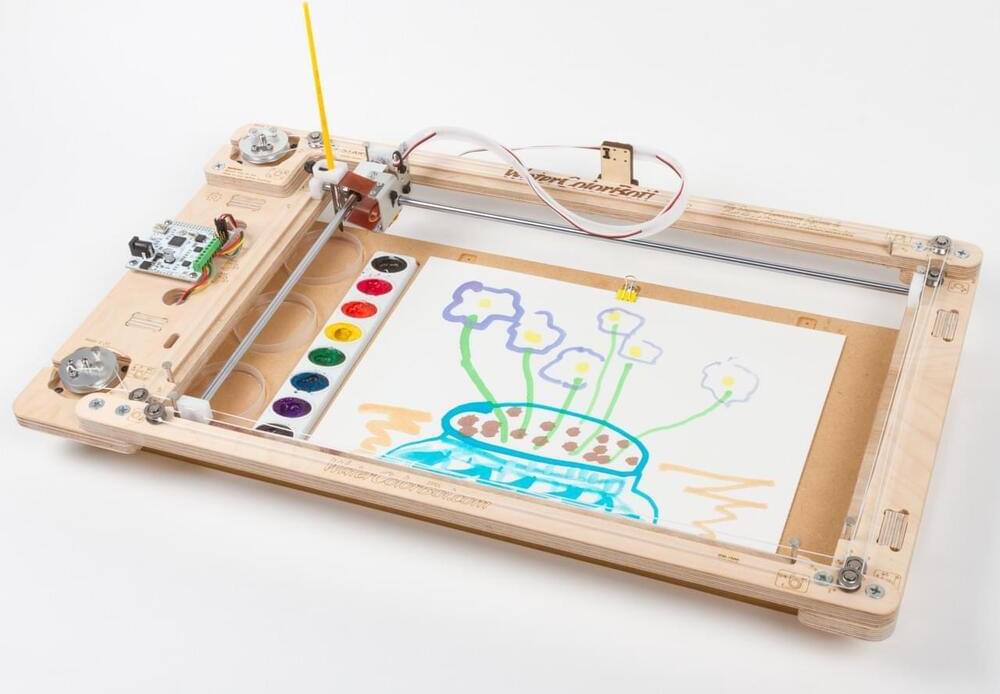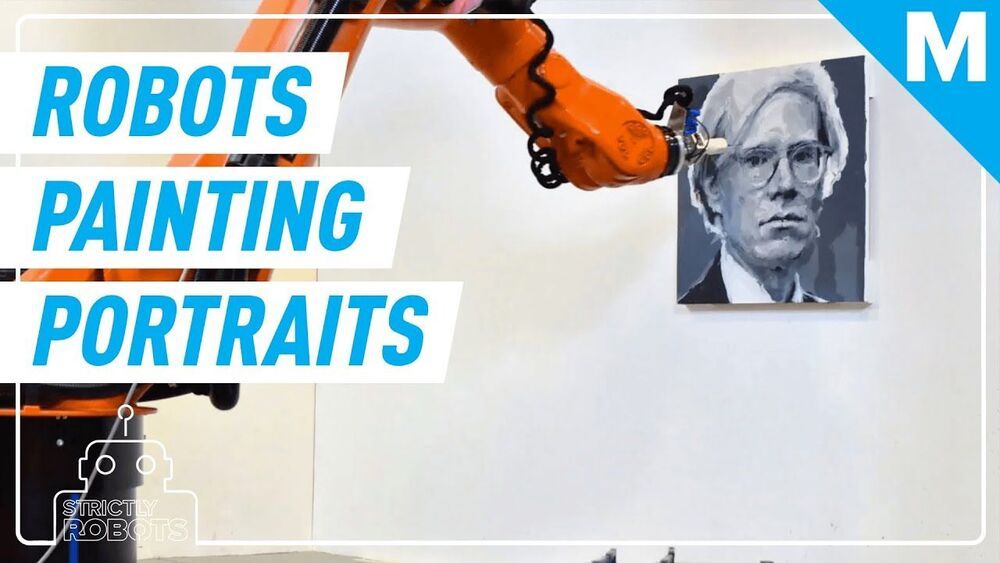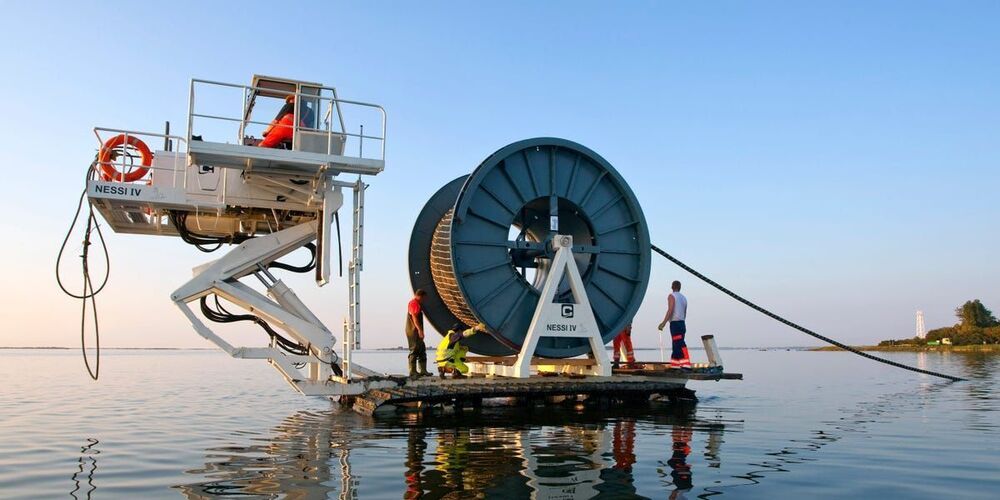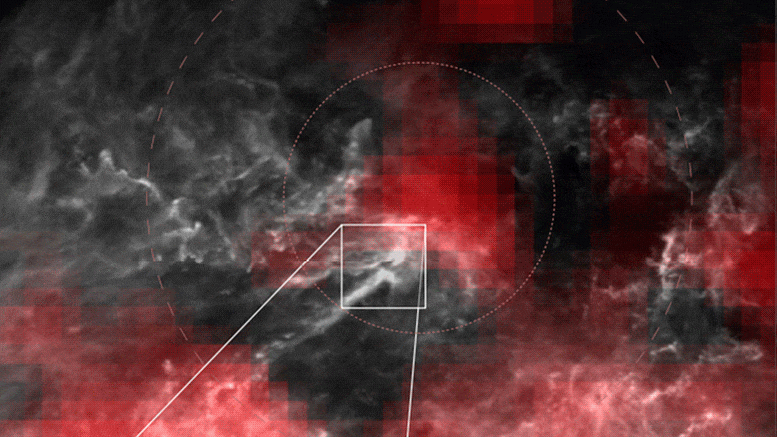
Despite strong support from the FAA, the airline industry, and aerospace companies, the U.S. Senate ceased funding the development of a supersonic airliner in 1971. Two years later, the FAA banned supersonic flight over land, a prohibition that remains to this day.
The Concorde went on to serve various destinations, including some in the United States, flying at supersonic speeds only over water. That continued until 2,003 when British Airways and Air France retired their fleets, together amounting to just 12 aircraft. (Fourteen production aircraft were manufactured, but one was scrapped in 1,994 and another crashed in 2000.)
While the Concorde successfully overcame the technical hurdles standing in the way of supersonic passenger service, it succumbed to economics: The cost of fuel and maintenance was especially high for these planes. A new generation of aeronautical engineers and entrepreneurs are, however, keen to once again take on the technical, environmental, and economic challenges.


















